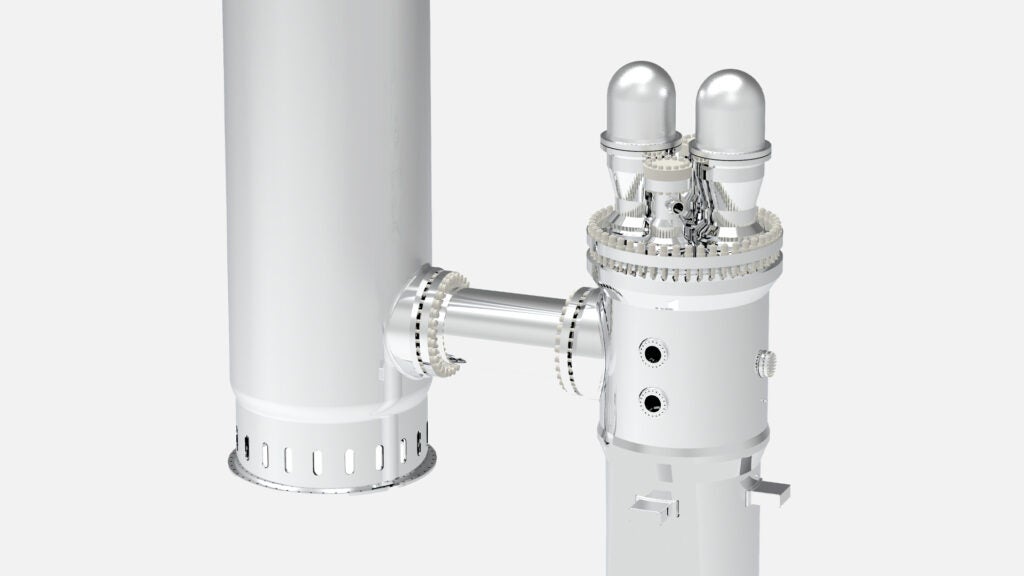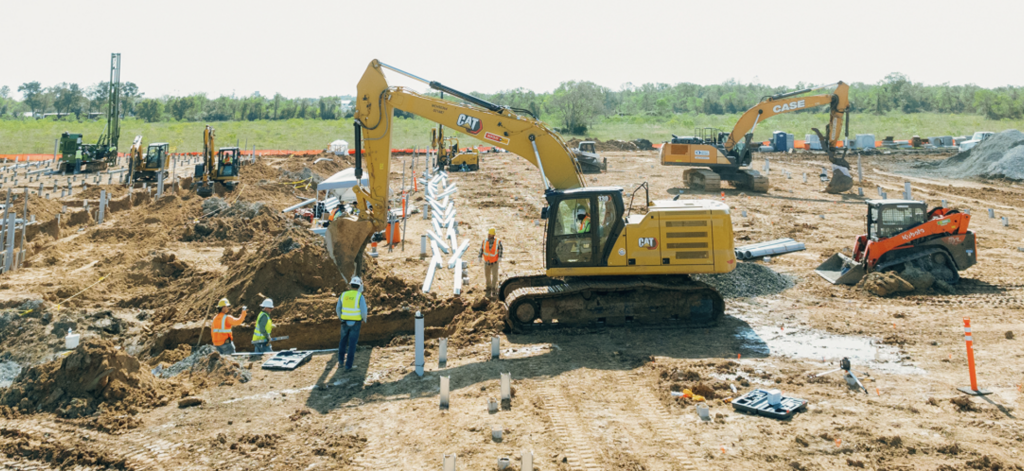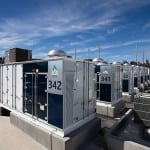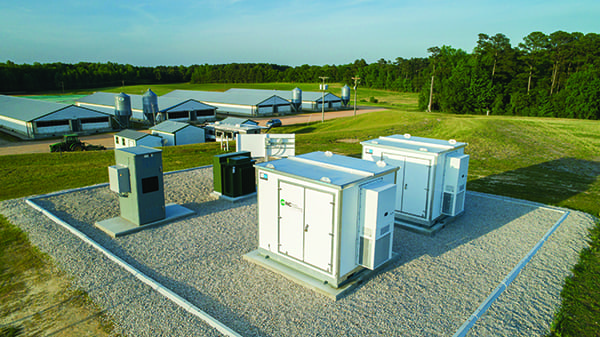Experts say the solution is simple: increase the role of distributed renewables and deploy energy storage-based microgrids throughout the state.
As California continues to cope with looming scheduled blackouts, the harsh reality is that not only is this the new normal for citizens and businesses on the West Coast, but it could remain that way for years to come if not addressed today. Many experts in the energy industry strongly recommend tackling this issue by increasing the role of distributed renewables and expanding the use of microgrids so the state can increase its level of readiness—not only to prepare for the next fire season—but, more importantly, to get in front of the issue of a life with frequent power outages.
COMMENTARY
One approach California is taking to fight this new normal is to facilitate deployment of Powered Emergency Response Centers (PERCs) throughout areas where Public Safety Power Shutoff (PSPS) events are likely to occur. Specifically, a PERC solution is a 100% renewable solar-plus-storage architecture that reduces customer utility bills and enables business continuity during PSPS events. PERCs can be deployed at schools, gas stations, churches, libraries, or wherever emergency backup power is required.
For example, NantEnergy provides reliable backup power for commercial and industrial businesses and has worked with the Santa Rita Union School District (SRUSD) in Salinas, California, to develop, permit, interconnect, and operate a PERC at each school in the district. This was achieved by installing microgrids at each of six campuses. In addition to the significant cost savings on utility bills from these systems, SRUSD also benefits from power resilience at each of their locations.
NantEnergy’s solution has already been deployed at schools throughout the district. These systems not only are saving SRUSD money on its utility bills, but can provide emergency backup power to critical site loads when grid power is lost.
In fact, it is possible for energy savings to fully fund the resiliency capability when taking advantage of recent cost reductions in battery storage technology together with the Self-Generation Incentive Program (SGIP) and federal tax credits. These systems are available now and can be cost-effectively deployed throughout PSPS-impacted zones before the next fire season. However, installations often take longer than necessary due to bureaucratic hurdles related to interconnection and permitting approvals, along with delays in financing approvals and incentive payments. There are five key areas where the California government could be of great assistance in removing barriers to allow widespread rapid adoption, in order of priority:
Interconnection Streamlining: Storage installations can take months to years from customer contract, execution to operation. Streamlining and expediting interconnection through pre-approved and standardized system designs would allow for rapid approval of readily repeatable designs. There is substantial experience at SRUSD and other sites where NantEnergy has implemented resiliency projects that can be leveraged to help streamline interconnection.
Credit Backstop Facility: Financing partners can take up to six months to determine the creditworthiness of commercial customers, which can significantly slow deployments. This problem can be particularly acute for low-income communities, which in many cases, may not be able to secure effective financing. A practical solution is a state-sponsored credit backstop facility, which could mitigate credit risk to system financiers, and expedite rapid and massive scaling of private sector capital to enable fast deployment at very low cost.
Local Permitting Streamlining: Distributed solar-plus-storage deployment is hampered by inconsistent and often onerous permitting requirements by local jurisdictions. Often, these barriers are in place for legitimate safety concerns, which have been fully addressed in other jurisdictions. A rapid but comprehensive state-level review of standardized system designs would enable local jurisdictions to issue ministerial or over-the-counter permits for approved systems.
Self-Generation Incentive Program (SGIP) Streamlining: Companies are still waiting on their SGIP incentive payments from reservations that were submitted over three years ago. Numerous staff and customer hours were wasted due to inconsistent application review processes, re-submission requests, and more. Streamlining reviews and payments would maximize the value of this incentive.
Hardening existing solar: The 26 GW of solar resources already deployed in California simply deactivate during PSPS events, providing no benefit to its owners, the grid, or the community. A streamlined approval process to retrofit AC-coupled energy storage and intelligent controls to existing solar systems would rapidly enable existing solar assets to provide backup power during PSPS events.
It is clear that California is not properly equipped for this new way of life. Distributed renewables and microgrids are practical solutions that are available now and could be key resources in limiting the costly impact of power outages. In order for these solutions to be rapidly implemented and in place prior to the next fire season, it is critical that the state works with the energy industry to remove unnecessary barriers to installation. These fast fixes would go a long way in ensuring Californians can leverage a myriad energy storage solutions to mitigate power outages and cope with the state’s precarious transmission network.
—Carl Mansfield is Vice President of System Solutions at NantEnergy, a provider of energy storage solutions for commercial and industrial customers to lower electricity expenses and enable system resilience and reliability.


















